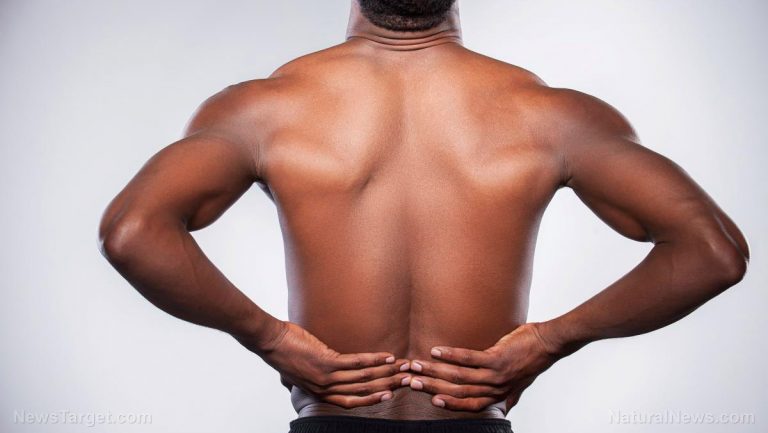
When talking about taking care of the body, it’s essential to look at the spine – often, the part of the body that is worked (and overworked) the most. This is true for a lot of people, especially those who don’t take proper precautions while lifting heavy items or sitting down for long periods.
Forgetting to take care of the spine can take its toll, with injuries and spondylosis being the usual outcomes. This usually means a trip to the doctor to get pain relief drugs, which often bring a whole new set of side effects.
That is, of course, until you use alternative therapies like acupressure to treat spondylosis. Unlike prescription drugs, which only offer temporary relief, acupressure can treat symptoms of back pain by applying pressure to key nerve tendons.
What is spondylosis?
Spondylosis, which comes from the Greek word for vertebrae, is the collective term for degenerative diseases that affect the spine. These include bone spurs and degenerating intervertebral discs. The condition is usually caused by osteoarthritis and occurs in any part of the spine, such as cervical spondylosis (neck), thoracic spondylosis (upper and middle back), and lumbar spondylosis (lower back).
There are also other forms of spondylosis. Lumbosacral spondylosis affects the lumbar and sacral spine (the midline of the buttocks) while multilevel spondylosis refers to diseases the affect multiple areas in the spine.
Aging is one of the primary risk factors of spondylosis. As the bones and ligaments in the spine begin to show signs of wear and tear, this can lead to the development of bone spurs. In addition, aging can cause the intervertebral discs to degenerate and weaken, causing disc herniation and bulging discs. More than 80 percent of people in their 40s show evidence of spondylosis, based on X-ray studies.
100% organic essential oil sets now available for your home and personal care, including Rosemary, Oregano, Eucalyptus, Tea Tree, Clary Sage and more, all 100% organic and laboratory tested for safety. A multitude of uses, from stress reduction to topical first aid. See the complete listing here, and help support this news site.
Other risk factors for spondylosis are a person’s genetic predisposition and his injury history. Osteoarthritis is more likely to affect injured joints, including those in the spine. However, this can take years to develop.
Over a third of people with lumbar spondylosis do not exhibit symptoms. When they do happen, the most common complaints include pain due to nerve compression (pinched nerves) and pain caused by disc herniation. Cervical spondylosis can cause headaches. (Related: Research shows that wet cupping therapy can improve musculoskeletal pain.)
Treating lumbar spondylosis with acupressure
Acupressure is a practice that stimulates points of the body (acupoints) to maintain qi, which refers to the flow of energy. As the pathways – called meridians – are stimulated, it can lead to benefits such as improved energy levels, pain relief, and better overall health.
Practitioners believe that acupressure is also connected to the central nervous system, which stimulates all parts of the body. As this happens, chemicals are released into the muscles, spinal cord, and brain, which can alter the experience of pain and even lead to bodily changes that improve well-being.
While acupressure is a practical method for managing symptoms of lumbar spondylosis, it’s worth noting that pressure must be applied to the acupoints for it to be effective.
- Stomach point. Known as the Sea of Energy point, the acupoint is located just under the navel. Applying pressure to this point firms up the lower back and strengthens the abdominal muscles.
- Lower back points. The acupoints, referred to as the Sea of Vitality, are found on the waist, between the second and third lumbar vertebrae. Those with sciatica can also find relief by stimulating this acupoint. If the patient already has a weak back, it’s best not to apply pressure at this point.
- Knee back points. These points, called the Commanding Middle, are found exactly behind the knee caps in both legs.
Acupressure does more than just treat back pain. Learn more at HealingArts.
Sources include:
ModernReflexology
eMedicineHealth
